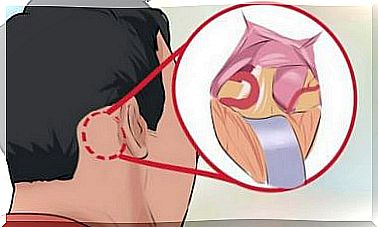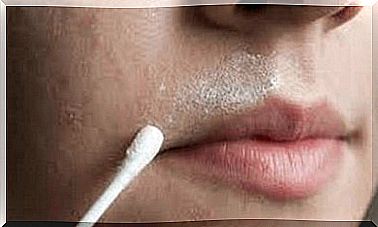Cross-eye Symptoms And Treatments
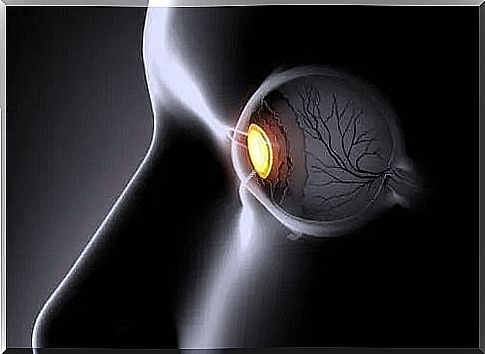
Crossed eyes, also known as strabismus, are a condition that usually occurs immediately after birth. Fortunately, there are cross-eye treatments if the condition is diagnosed and corrected before the age of four.
In essence, this condition occurs when the eyes cannot focus properly at the same time when looking at an object. Sometimes this problem is easy to detect. But often a specialist diagnosis is needed. In the worst cases, this problem affects not only vision but also the appearance of the eyes.
The plasticity of the brain is crucial in the development of vision. The brain has greater plasticity before the age of four. This is why it is so important to detect crossed eyes at the beginning of life, as this is the best time for a complete correction.
What are crossed eyes (strabismus)?
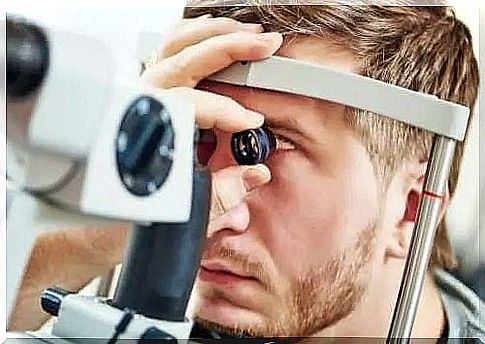
Crossed eyes are a change in eye alignment. This leads to the loss of parallelism – that is, the possibility that both eyes look in the same direction when focusing on an object.
Usually, crossed eyes appear right at birth or shortly after. This condition occurs due to a deficiency in the functioning of the eye muscles. The muscles fail to maintain balance and therefore there is no coordination of the eyes.
There are times when the condition remains stable and there are no major variations in vision. But often, patients have problems. This is especially true when a person is tired, nervous or ill. Vision problems can also occur when an object is at a certain distance from the line of sight.
In almost all cases, one of the eyes has greater visual acuity and can focus correctly. The other eye is not as precise and remains in a non-parallel position.
There are several degrees of strabismus that depend on the level of ocular deviation.
Types of crossed eyes (strabismus)
Symptoms of strabismus
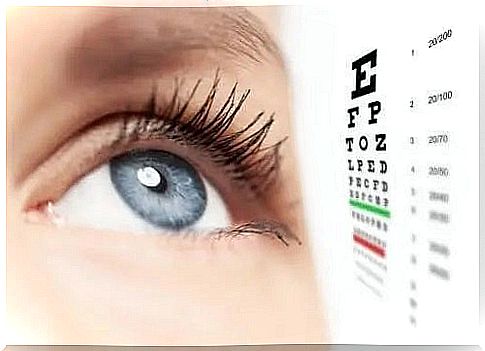
If
Cross-eye treatments
The purpose of these cross-eye treatments is to prevent loss of visual acuity in the case of the non-dominant eye and the most accurate alignment of the eyeballs. These treatments help strengthen the eye muscles. The deviation either decreases or disappears.
Doctors usually prescribe the use of glasses and certain eye exercises to strengthen the eye muscles. In the case of amblyopia, the indicated treatment is total occlusion. This involves putting a patch on the dominant eye to force the other to become clearer.
In the most severe cases, treatment may involve surgery to correct the strabismus, which involves weakening some muscles and strengthening others by either modifying their insertion or shortening one of them to get a correct alignment. This form of treatment requires several surgeries.
Sometimes doctors can correct strabismus by injecting botox (botulinum toxin). This relaxes the muscles and allows the eyes to align properly in certain cases.
